How does crypto exchange work?
Read more -> How to send and receive crypto.
Of course, since most people don't use crypto as a medium of exchange in their daily lives (at least not yet!), it's generally harder to find peer-to-peer sellers/buyers than it is to, for example, trade in local currency. This brings us to the concept of 'liquidity.'
Table of Contents
What is liquidity?
Liquidity refers to the ease with which you can trade in and out of an asset - and it depends largely on the number of buyers and sellers (market participants) there are for an asset. Cash is typically considered the most liquid asset, as it's almost universally accepted. In other words, it's easy to exchange cash for practically anything you want. A car, by contrast, is generally a less liquid asset than cash, since it requires some effort to find a buyer. A high-end collector's car, meanwhile, would be an even less liquid asset, since the pool of potential buyers is smaller.
Bitcoin is the most liquid of all cryptocurrencies as it combines the highest number of market participants with the greatest volume of exchange. The daily exchange of bitcoin is measured in the tens of billions of dollars! Still, compared to cash, it's not liquid, particularly when it comes to using it to buy something in the real world - and other cryptoassets are less liquid than Bitcoin.
Read more: What is liquidity?
What's a crypto exchange?
A crypto exchange is any service that matches buyers of cryptoassets with sellers.
When most people speak of crypto exchanges, they're referring to centralized 'custodial' platforms. These platforms facilitate the trade of cryptoassets. Similar to platforms for trading stocks like Robinhood and Charles Schwab, crypto exchanges match buyers and sellers.
Critically, by definition, a centralized crypto exchange takes custody of your cryptoassets. This has a number of implications relating to security, but also relating to the freedom you have to use your crypto as you wish.
Read more: Custodial versus non-custodial wallets.
How do centralized crypto exchanges work?
From a user's perspective, the typical flow is as follows:
- Sign up to the exchange and present identity documents.
- Fund your newly created account with cryptoassets such as Bitcoin or Ethereum. If the exchange allows it, you can also use a local currency.
- Make a trade by setting a 'buy order.'
Buy and sell orders are aggregated into an 'order book' which is maintained by the exchange for the purpose of efficiently and automatically matching buyers and sellers. Most exchanges allow you to set both 'market buy' orders and 'limit buy' orders.
When you create a market buy order, you only need to indicate how much crypto you'd like to buy (you don't set the price). The exchange will automatically match you with the seller(s) currently offering the lowest price, and execute your trade. Market orders are, by and large, instantly completed, meaning the moment you submit the order, you'll receive the cryptocurrency you’re trading into.
When you create a limit buy order, you're indicating how much crypto you'd like to buy and the price you're willing to pay for it. If and when there are sellers willing to accept the price you've set (your 'limit'), your order will complete, meaning your cryptoasset will show up in your exchange wallet and your money (or other cryptoasset) will disappear.
What's a banked exchange?
Crypto exchanges that allow you to transfer local currency to and from them are known as 'banked exchanges.' Some exchanges allow you to transfer local currency to start buying (typically in the form of credit card or payment app like PayPal), but don't allow you to withdraw local currency back to your credit card or payment app. These are known as 'partially banked' exchanges. A fully-banked exchange will allow to you fund your account via bank transfer and send local currency back to your bank account.
What are makers and takers?
Generally speaking, the more users an exchange has, the greater 'market depth' it is able to provide. Market depth refers to the size of the exchange's order books. People who place buy and sell orders on exchanges are known as market makers. The more orders there are on the book, the easier it is for people to buy and sell large amounts of crypto at closer to the global market rate. In markets, takers are those who reduce liquidity by taking orders that are already on the books. When you place a market order, you're a taker. You can also be a taker when you place a limit order if your order happens to match with another person's order that's already on the books.
How do centralized crypto exchanges make money?
For many exchanges, the primary revenue source is fees. These may include some or all of the following:
- Withdrawal fees: Most exchanges charge a fee to withdraw cryptoassets and local currencies. In most cases, the fee is on a per withdrawal basis (not a percentage of the withdrawal amount). The withdrawal fees charged by exchanges tend to change frequently, often without notice.
- Trading fees: These are typically calculated as a percentage of the trade value and often depend on whether you're the maker or the taker (see above for an explanation of makers and takers). In most cases, makers pay lower fees than takers. The rationale for the discrepancy is that makers provide liquidity (and should, therefore, receive a discount), while takers remove liquidity (and should, therefore, be charged extra).
- Interest/Borrowing/Liquidation Fees: Some exchanges offer margin trading. This is where you borrow to increase your position, creating what's known as leverage. Exchanges that offer margin trading typically charge additional fees based on the amount borrowed and an interest rate determined by the total supply of funds available to all traders. You'll also likely be charged an additional fee if your position is liquidated.
In some cases, exchanges also act like banks in that they take your deposits and use them to generate yield, typically by lending them out to third parties. This introduces third-party risk, which is a key reason you should be wary of giving possession of your cryptoassets to these entities. Read more about the importance of retaining self-custody of your crypto holdings.
Why do I have to verify my ID to use a centralized crypto exchange?
Taking custody of customers' cryptoassets, as centralized exchanges must do, has legal implications. Specifically, such exchanges are subject to the money transmitter laws in the jurisdiction in which they are legally registered.
For this reason, centralized crypto exchanges that wish to remain compliant will require you to complete a registration process in which you must verify your identity before you can use the platform. Regulators impose this requirement on exchanges ostensibly to prevent money laundering, terror financing, and tax evasion. Regulators also typically require exchanges to report customer information (including trading history) upon request.
In many cases, you'll be allowed to begin using the exchange by verifying your email only. It's important to note that this 'lite verification' typically comes with considerable restrictions including limited purchase amounts, limited withdrawals, and in some cases, no withdrawals at all. Before you fund a crypto exchange with your cryptoassets, be sure to check that you'll be allowed to withdraw.
The next level of verification typically entails uploading nationally-issued identification like a passport or driver's license. In some cases you'll be asked to upload a photo of yourself holding your ID next to a piece of paper on which you've written, for example, the current date and a specific message as requested by the exchange.
Note that many exchanges exclude certain nationalities from using the exchange altogether.
How does peer-to-peer crypto exchange work?
A number of match-making platforms such as Peach Bitcoin have arisen to (1) help buyers and sellers of cryptoassets find each other, and (2) facilitate trades (typically with the use of escrow) without actually taking custody of the traders' cryptoassets. These are known as peer-to-peer crypto exchange platforms.
Peer-to-peer crypto exchange platforms can be an effective way to buy and sell cryptoassets, but since you must individually negotiate trades, they carry a certain level of inconvenience. For buyers, it can be difficult to quickly obtain the exact amount of a cryptocurrency they'd like to purchase, and to get it at competitive market rates. Sellers, meanwhile, may face legal implications depending on their jurisdiction and the volume of crypto involved. These factors combine to make most peer-to-peer crypto exchange platforms considerably less liquid than most centralized (custodial) cryptocurrency exchanges.
Related guides
Start from here →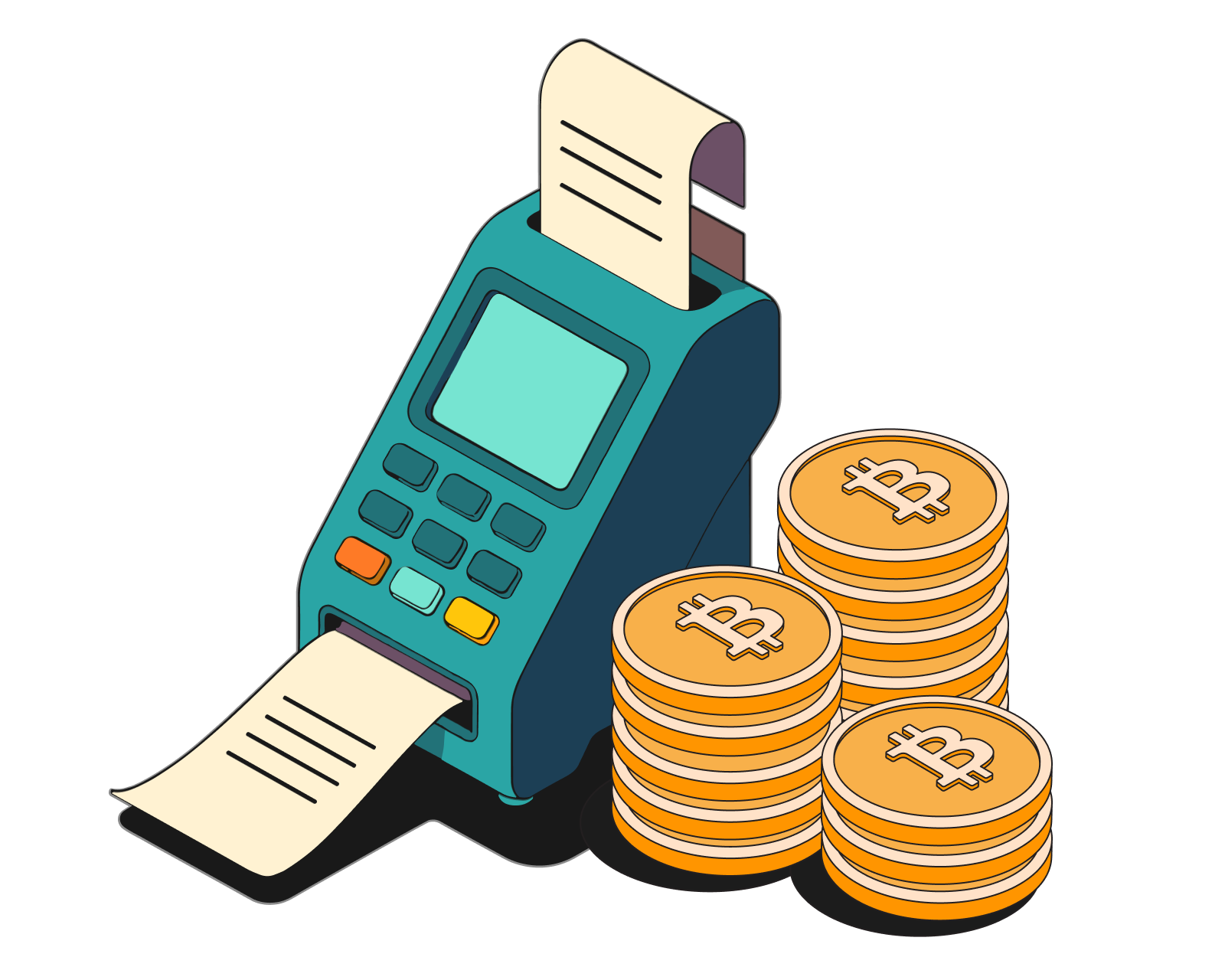

How do I buy crypto?
Learn how to get your first crypto in minutes.
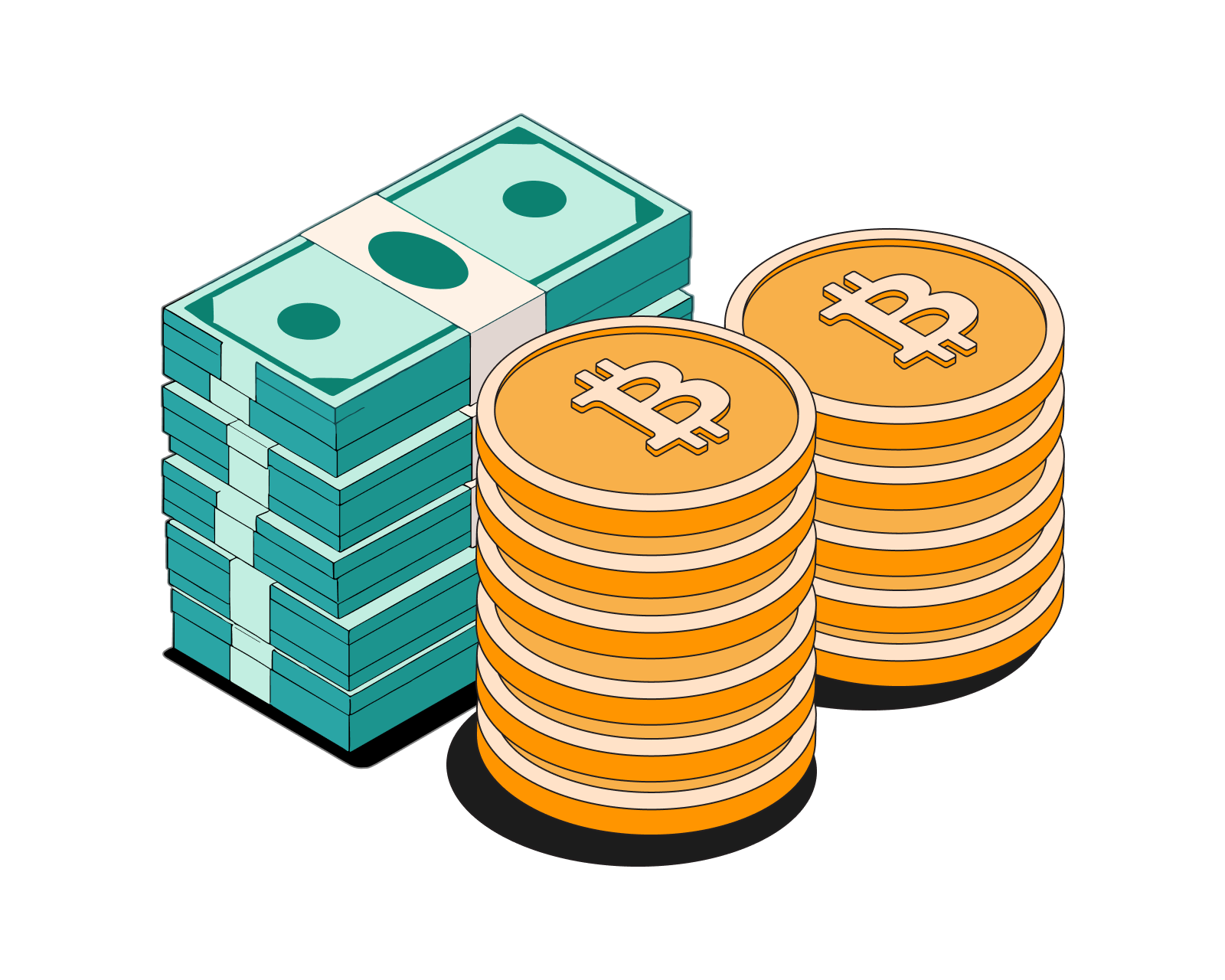

How do I sell crypto?
Learn how to sell crypto into local currency safely.

How do I send crypto?
Sending crypto is as easy as choosing the amount to send and deciding where it goes.
Read this article →
How do I send crypto?
Sending crypto is as easy as choosing the amount to send and deciding where it goes.
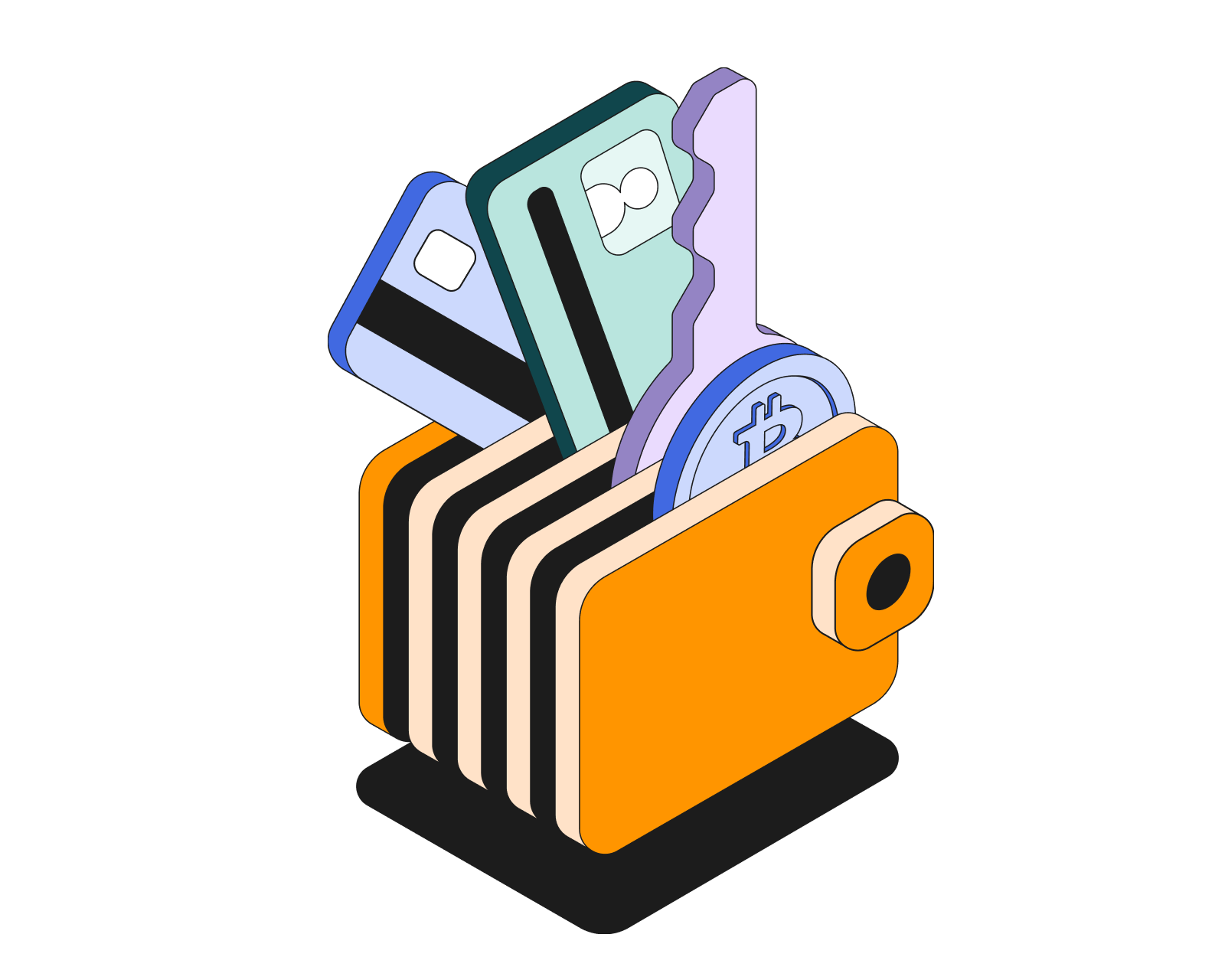
How do I create a crypto wallet?
Learn how to quickly and easily create a crypto wallet. Understand the different wallet types and their respective pros & cons.
Read this article →
How do I create a crypto wallet?
Learn how to quickly and easily create a crypto wallet. Understand the different wallet types and their respective pros & cons.
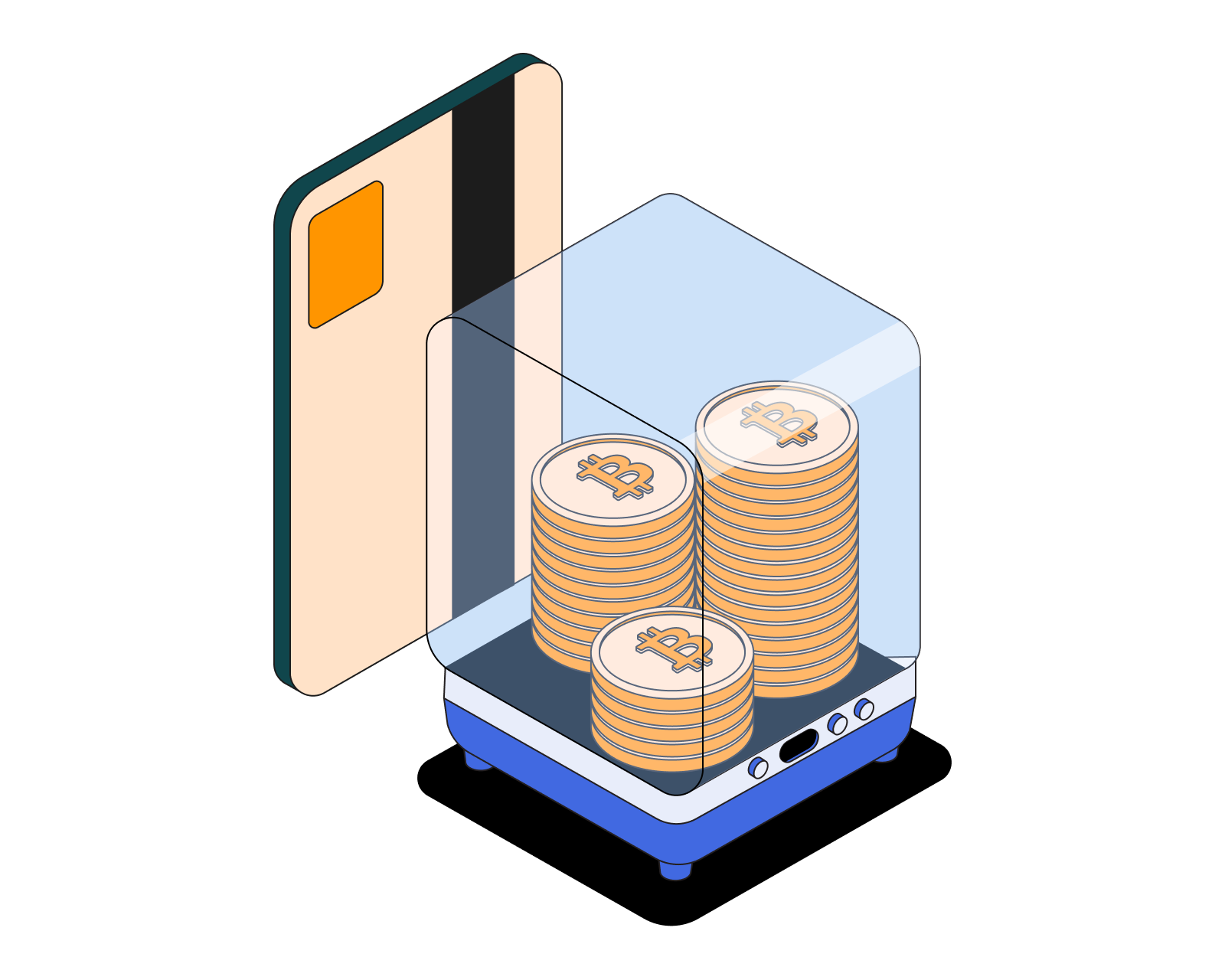
What are crypto debit cards?
Crypto debit cards make it possible to spend crypto anywhere credit cards are accepted.
Read this article →
What are crypto debit cards?
Crypto debit cards make it possible to spend crypto anywhere credit cards are accepted.
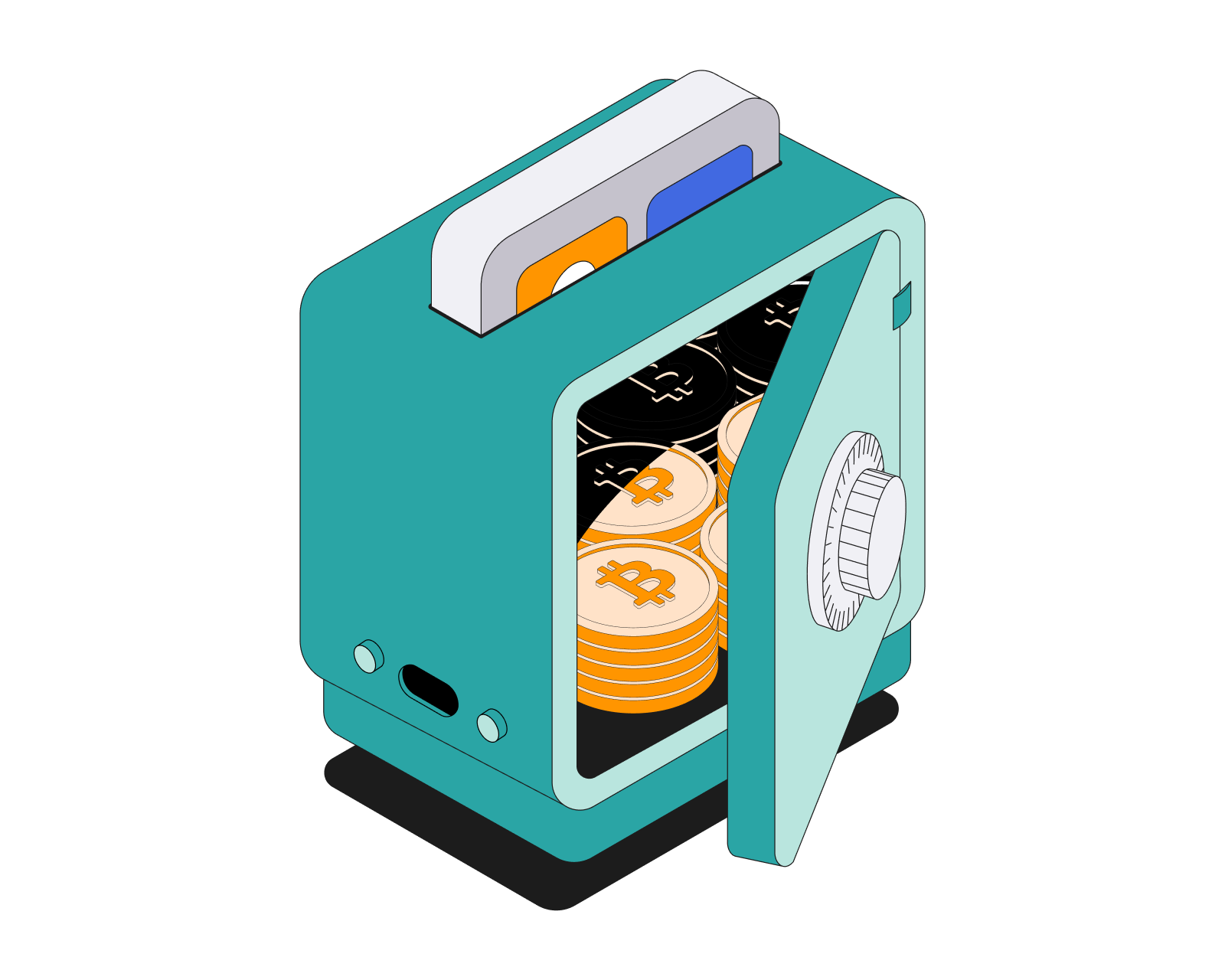
How do I keep my cryptoassets safe?
Make sure your cryptoassets are safe with these simple tips.
Read this article →
How do I keep my cryptoassets safe?
Make sure your cryptoassets are safe with these simple tips.
STAY AHEAD IN CRYPTO
Stay ahead in crypto with our weekly newsletter delivering the insights that matter most
Weekly crypto news, curated for you
Actionable insights and educational tips
Updates on products fueling economic freedom
No spam. Unsubscribe anytime.
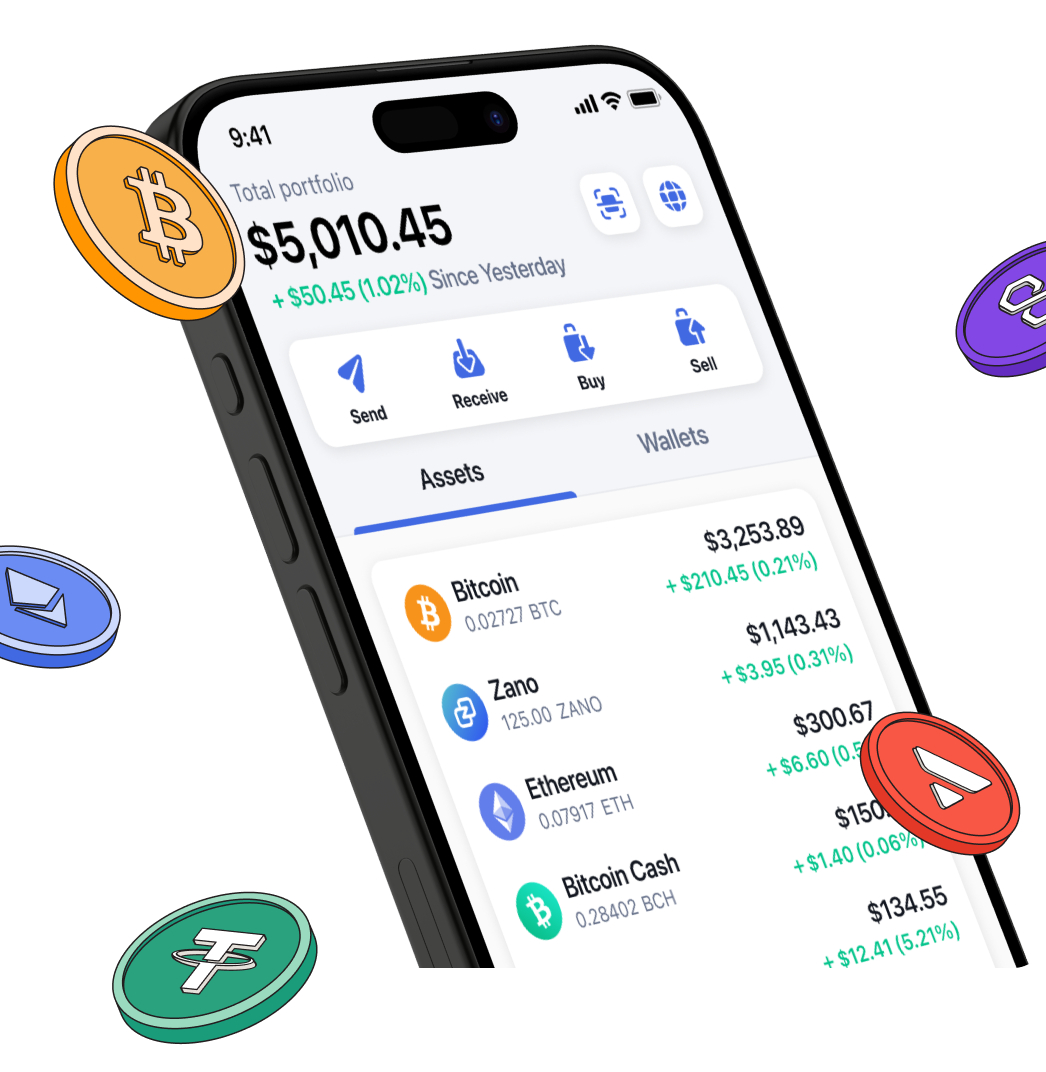
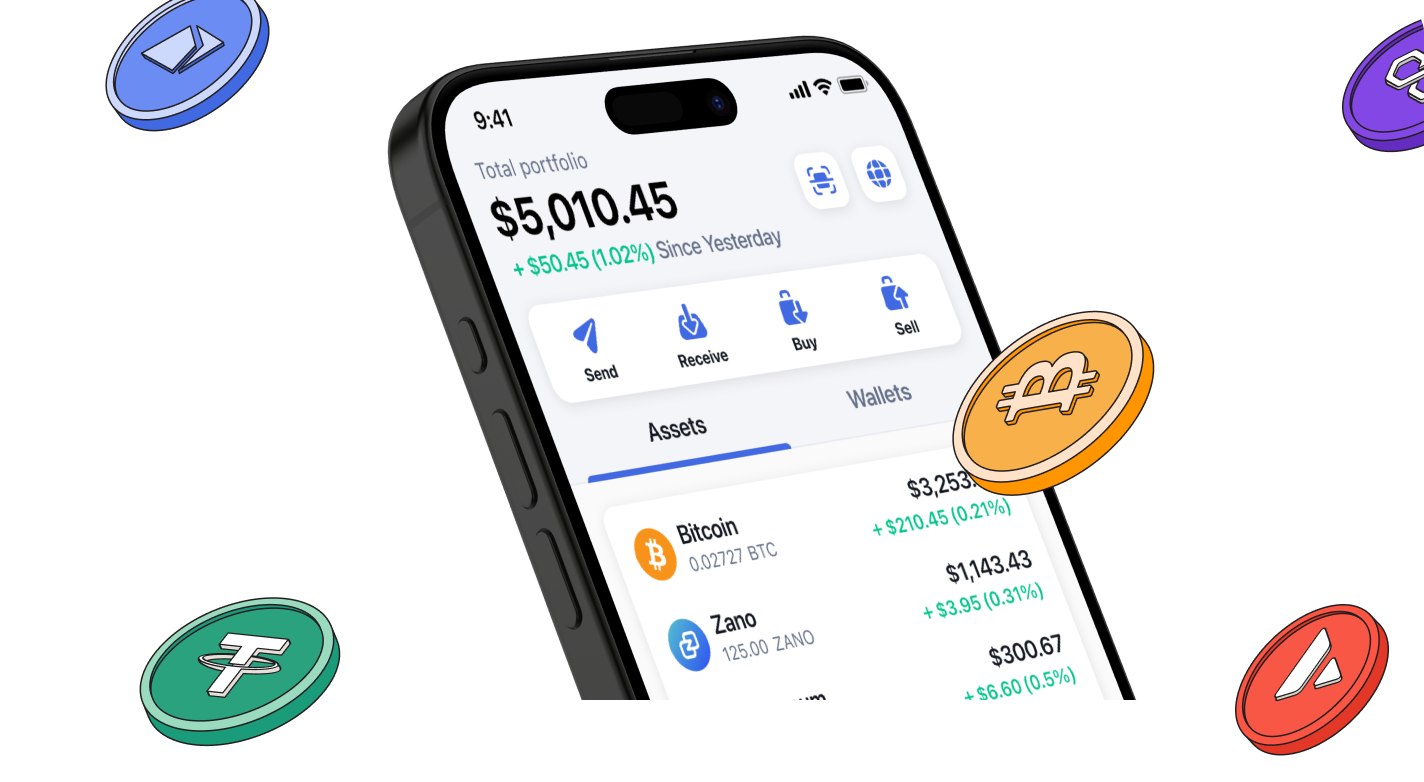
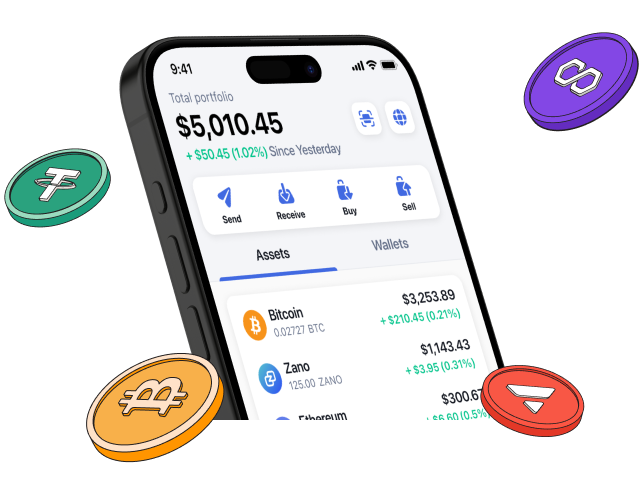
Start investing safely with the Bitcoin.com Wallet
Over wallets created so far
Everything you need to buy, sell, trade, and invest your Bitcoin and cryptocurrency securely

© 2025 Saint Bitts LLC Bitcoin.com. All rights reserved


